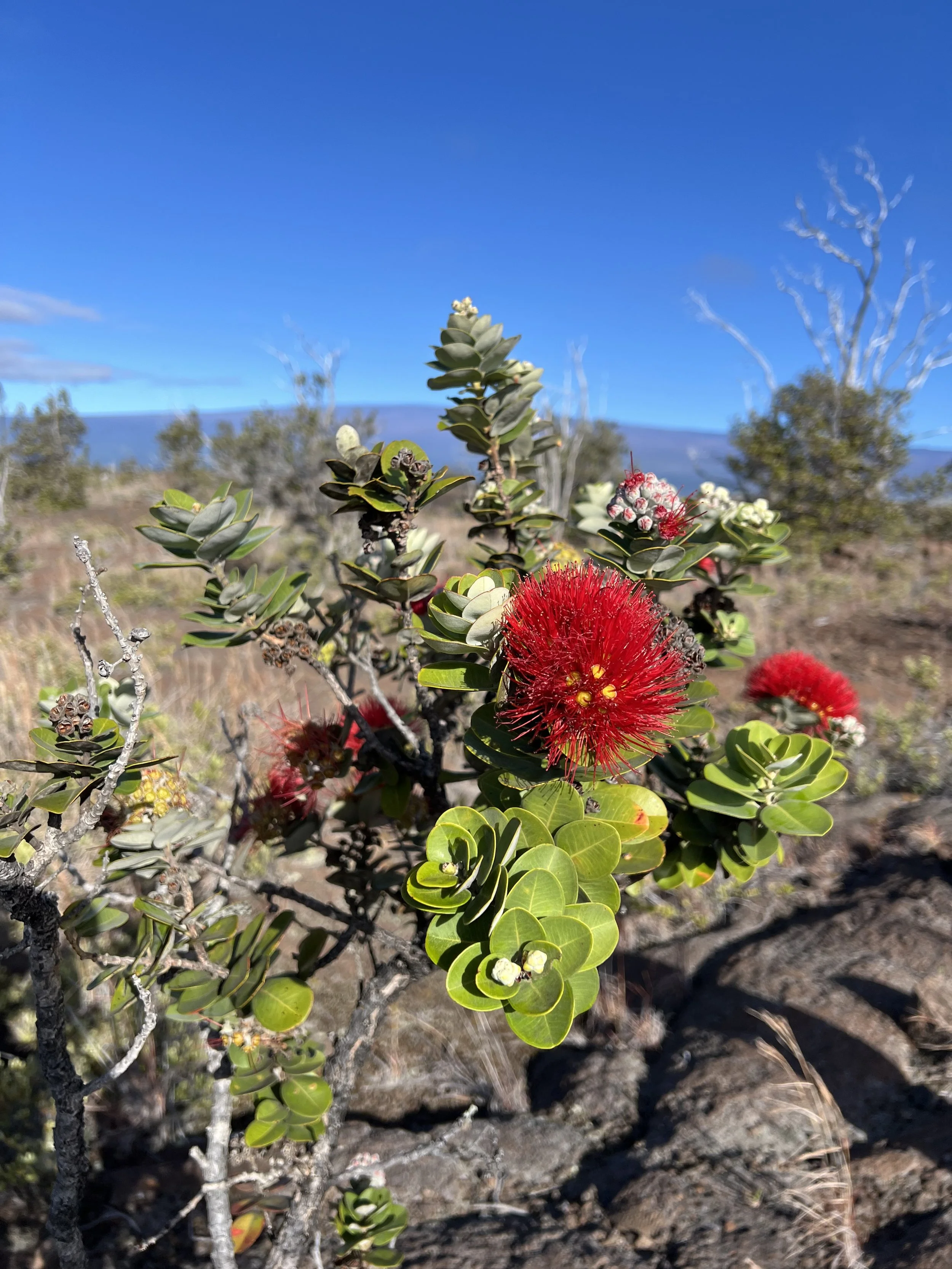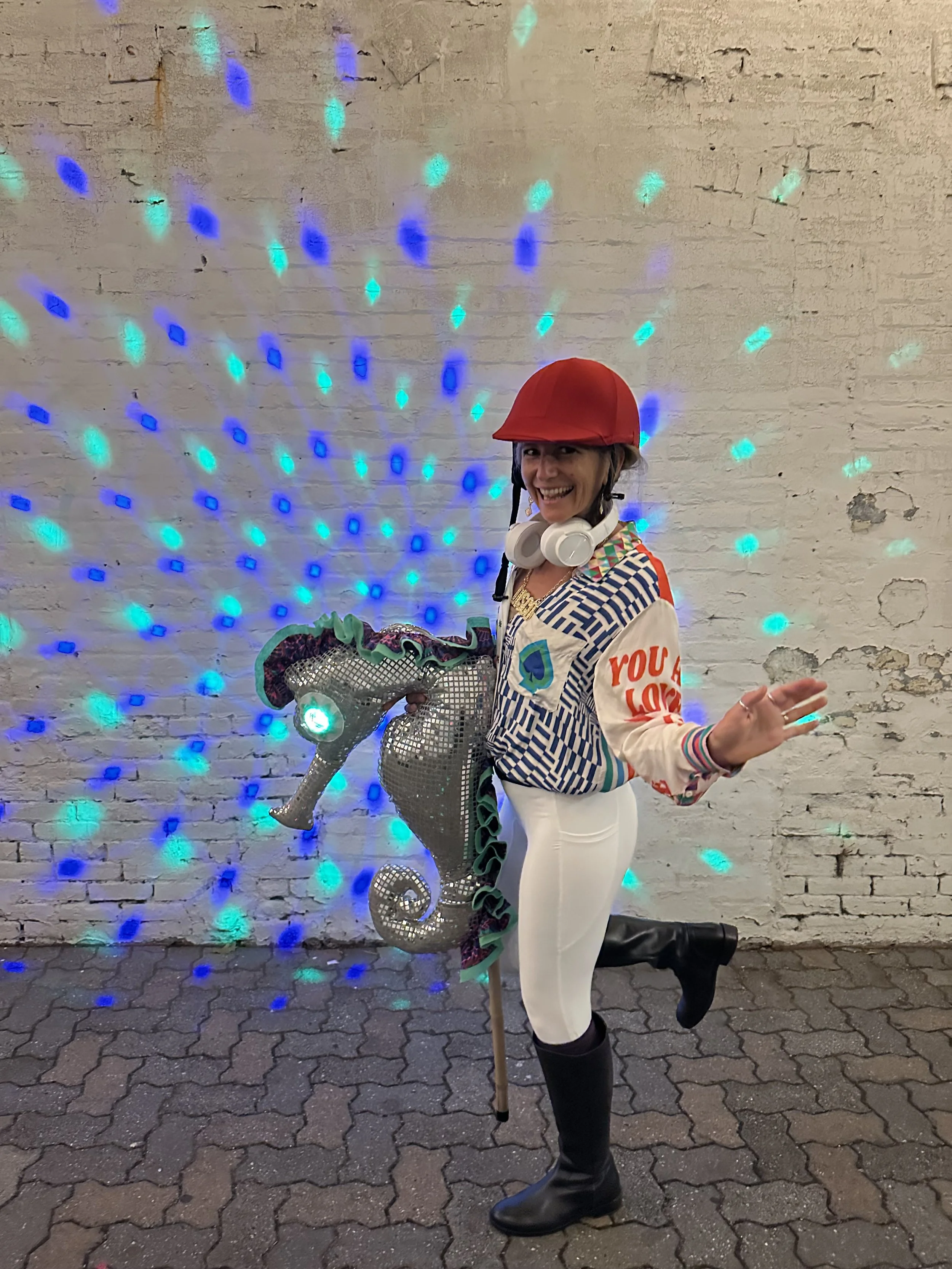Process-Oriented Coaching
Our aim is to help individuals uncover and integrate unconscious or marginalized aspects of their experience to support transformation.
This approach to coaching is rooted in Process-Oriented Psychology, which was developed by Arnold Mindell.
The method tracks thoughts, emotions, body sensations, behaviors, and relational dynamics to foster wholeness and growth.
It focuses on following the "flow" of what is emerging in the present moment, whether in personal challenges, relationships, or systemic patterns, to transform obstacles into opportunities for insight and empowerment.
By successfully navigating the edge, previously bound energy is released to facilitate the emergence of the new identity and true self.
As a somatic coach, I honor the profound difference between coaching and therapy. Coaching is a collaborative, present-focused partnership designed to help you build resilience, regulate your nervous system, and cultivate empowerment—not to diagnose or treat mental health conditions. While therapy often explores the ‘why’ of past wounds, coaching focuses on the ‘how’ of moving forward with embodied wisdom.
If you’re navigating acute trauma, PTSD, or deep psychological distress, I strongly encourage you to work with a licensed therapist. My role is to help you apply practical tools (somatic practices, nervous system regulation, and trauma-informed yoga) to reclaim safety in your body and agency in your life. Together, we’ll focus on your capacity for growth, while respecting the boundaries of your healing journey
Image description: A bright red ‘ōhi’a lehua (Metrosideros polymorpha) rises out of lava in a sparse forest on Kīlauea volcano with Mauna Loa and bright blue skies in the background. The blossom tells the story of grit and strength, of resilience and growth.
A Process-Oriented Coaching Perspective
What I love about coaching is that we have the opportunity to expand a sense of what is possible and reclaim marginalized potential. One of the ways that we do this is by identifying edges, facing them, and/or tunneling under them.
In my own embodied process I had a huge edge about being seen while healing from traumatic brain injury (TBI) and post traumatic stress disorder (PTSD). It was more known and familiar for me to feel strong and capable teaching a class, running a program, facilitating a meeting, or organizing research. I was the most comfortable in leadership positions or in situations that offered a good challenge. It was easier to paddle out to waves beyond my skill, climb mountains solo, and engage in hectic boating and helicopter operations than do something predictable.
After brain injury I was forced to witness my bias toward strength and against vulnerability. This was a challenge that no amount of hard work was going to fix at least not in the short term. And it was going to be painful and overwhelming in a way that was not always possible to hide.
It can feel safer to marginalize experiences or parts of self that are societally rejected or not understood. You might desperately want connection but not reach out for fear of being pathologized, judged, or discarded. You might think no one could possibly stay present knowing what I’ve been through. It will be too much for them. I can’t possibly let anyone see me in this transition.
I’ve thought all these things and thankfully there are a few humans who can sit with complexity. In fact, it doesn’t scare us. It is welcomed, celebrated even. Once we offer acceptance and welcome all dimensions of experience, known and unknown, conscious and unconscious, we can unlock potential that has been locked up in conflict between parts.
As an example, if I deeply value the parts of myself that feel overwhelmed and hopeless as much as the part that feels persistent and optimistic I notice I have a deep spontaneous breath. My nervous system responds in acknowledgment of less resistance and more flow.
If I follow this signal it has more time to unfold. I notice greater ease in the diaphragm, the spine rises with less effort. And then I might start to notice the discomforts as well. If I were a client in session we might explore this further and notice if there is a state shift. Maybe it is more possible to imagine the future self from this space of awareness. I notice an emergent quality of the neutral observer. There is less charge around what happened in the past and a buoyant brightness in moving toward the future. I feel supported by all of my experience. This is a taste of what it is like to follow the body and include it in the coaching conversation.
Image description: Amarisa rides a silver hobby seahorse with disco eyeballs casting a spray of blue and turquoise dots on a white brick wall. She glances playfully at the camera in her disco jockey attire: tall black boots, white riding pants, red helmet, white headphones around her neck, disco glam chain necklace, and silk jersey with exuberant patterns and the statement “YOU ARE LOVED” on the sleeve.

